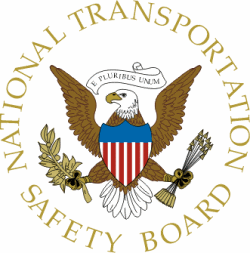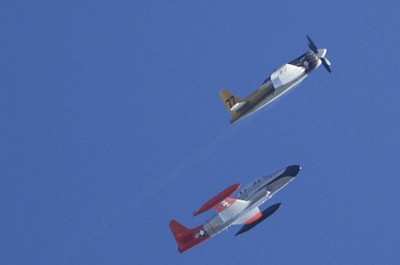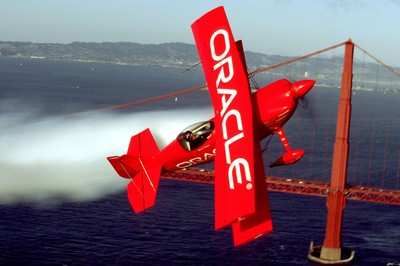Hersman Says Spectator Areas, Air Bosses Will Be
Scrutinized
At the much-anticipated hearing held by the NTSB on air show and
air race safety, witnesses made a handful of suggestions for
improving safety, while the industry strongly defended its safety
record.

In the opening session, representatives from the FAA and ICAS
said they work as "partners" in the process of staging air shows.
But FAA director of Flight Standards Service John McGraw said the
agency maintains its position as a regulator. In responding to a
question from Chairman Hersman about the physical stress of flying
aerobatics and races, McGraw said he was not aware of any "systemic
problem" that would show a correlation between accidents and pilots
who might become incapacitated during a performance, and no special
medical certification was necessary. USA Today reports
that McGraw told the board that current regulations regarding the
events are sufficient. "At this point, I'm not aware of any changes
— at least any significant or substantive changes — to
the policy and guidance we have in place," he said. "If we become
aware of a risk that exceeds the boundary of what we think is
acceptable, we will make those changes. But not currently."
The Reno Gazette-Journal reports that during a break in
the proceedings, NTSB chair Debora Hersman said one issue that
should be reviewed is the setback between an air show box or race
course and the spectator area. She said that during testimony it
was mentioned that those distances had not been revised since 1990,
but that the types of aircraft performing have changed. While
admitting that air shows have a good safety record regarding
accidents, the tragedy at Reno caused her to want "a better
understanding" of the setbacks for various classes of races.
“Performers are assuming the risk,” she said,
“but when a spectator comes to an event they don’t
expect to be in a position where their lives are at
risk.”

Another area of concern is the lack of standardized
qualifications for air bosses at such events. George Cline,
president of Air Boss Inc., explained that the air boss essentially
runs the show, similar to being an air traffic controller. Cline
said there is no certification required for air bosses, a statement
supported by Reno Air Racing Association president Mike Houghton.
Houghton said the Reno event grooms air bosses, bringing them up
through the ranks of deputy air boss and tower chief. He said while
the FAA is informed of their activities, the association "keep(s)
it on the local level."
"We will certainly be looking at that,” Heresman said
during the break.
Jim DiMatteo, former race director for Red Bull Air Racing, said
that event is different because the airplanes fly one at a time
against the clock rather than head-to-head. He said in 50 races at
27 different locations, there have been no injuries to spectators,
pilots, or personnel.

The paper reports that Team Oracle pilot Sean Tucker said that
the standards for becoming an air show pilot might need to be
strengthened, but that the community does a good job of
self-policing and trying to change a pilot's actions if they fly in
a dangerous manner. "We're pretty honest with each other because we
want to survive," he said. Tucker said he had twice decided not to
perform because he did not feel like he was 100 percent, or not
prepared for the performance.
Tucker did say that there should be a designated practice area
at air shows for pilots to use, and DiMatteo said that TFRs were
important for show areas.
Hersman said that the board has not established a timeline for
making any recommendations concerning safety at air shows and air
races, but that changes could come "at any time."
 NTSB Prelim: Cirrus Design Corp SR20
NTSB Prelim: Cirrus Design Corp SR20 ANN's Daily Aero-Linx (11.30.25)
ANN's Daily Aero-Linx (11.30.25) ANN's Daily Aero-Term (11.30.25): Wind Shear Escape
ANN's Daily Aero-Term (11.30.25): Wind Shear Escape Aero-News: Quote of the Day (11.30.25)
Aero-News: Quote of the Day (11.30.25) Airborne 11.26.25: Bonanza-Baron Fini, Archer v LA NIMBYs, Gogo Loses$$$
Airborne 11.26.25: Bonanza-Baron Fini, Archer v LA NIMBYs, Gogo Loses$$$





